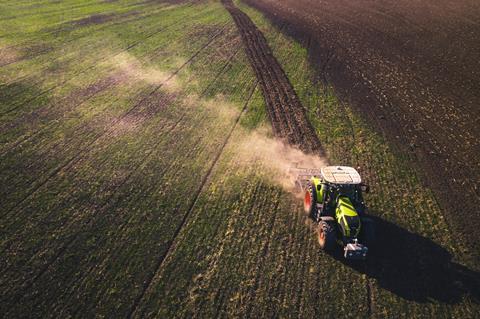
The imperative to safeguard our environment is a collective responsibility, yet the integrity of assessments underpinning numerous environmental ‘claims’ remains a glaring weakness.
I read The Grocer’s recent article detailing the Co-op’s initiative with Dunbia, to reward beef farmers for sustainable practices, with scepticism.
While it is highly commendable Co-op is stepping up its efforts to decarbonise supply chains through financial incentives for farmers, the critical issue is the reliability of the tools employed to measure this impact.
Defra’s recent report, ‘Harmonisation of Carbon Accounting Tools for Agriculture’, highlighted the profound discrepancies in carbon accounting methodologies. It is unsurprising the term ‘wild west’ has become synonymous with carbon accounting, characterised by inconsistent and often misleading evaluations of farm-level carbon and Scope 3 emissions.
It appears Co-op’s new initiative serves only to fuel this ‘wild west’ era, and I question the adequacy of the carbon accounting tool adopted for this project.
Defra’s report advocates for tools that align with established standards such as ISO 14064-2, ISO 14067, and the GHG Protocol Land Sector and Removals Guidance, in support of the Science Based Targets initiative (SBTi). Notably, Trinity AgTech’s new-generation navigation platform Sandy is the only tool that conforms to these rigorous standards.
Numerous organisations within the supply chain unfortunately continue to rely on obsolete software, some adhering to outdated standards like PAS 2050:2011, or worse, are devoid of any recognised standards.
Ultimately, understanding livestock carbon emissions is tricky, but we now have new-generation software at our disposal that can account for the complexity of farm systems while still being practical to use at farm level.
The level of detail, and therefore much higher accuracy, afforded by new-generation software is crucial for farmers to implement best practices and reduce environmental impact.
This is particularly the case within livestock systems, whereby there are many factors that impact emissions, such as an animal’s weight, activity and whether it is pregnant or lactating. The quality of the diet, in particular digestibility, also has a significant bearing. For example, better digestibility means less feed is needed and lower emissions from feed production and animal digestion, which can produce methane.
Accurate emissions understanding, mitigation and reward therefore requires detailed data on animal diets and husbandry and management practices. The industry must move away from first-generation carbon calculators, which are unable to account for this level of granularity.
Recognition of the stark misalignment between outdated tools and modern standards within Defra’s report should serve as a catalyst for this change. However, unless the supply chain adapts its reporting software accordingly, this misalignment will continue to stall environmental progress and threaten the resilience of food production and rural communities.
I find it astonishing that these organisations are still prepared to gamble their reputation, and compromise their relationships with stakeholders, by not exercising due diligence and demonstrating a genuine commitment to sustainable agriculture.
It is time we demand standard compliance and rigour in our environmental accounting tools to truly foster sustainable production within our supply chains.







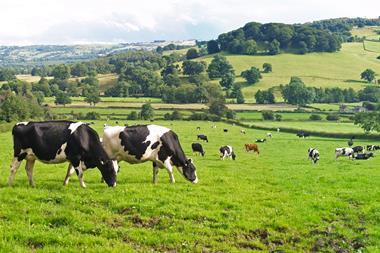
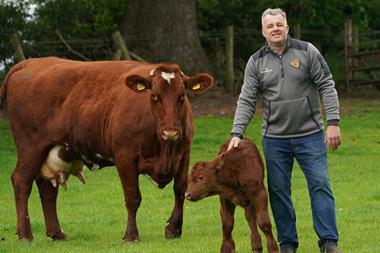

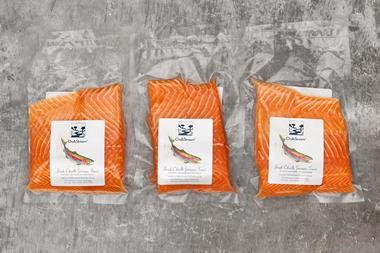


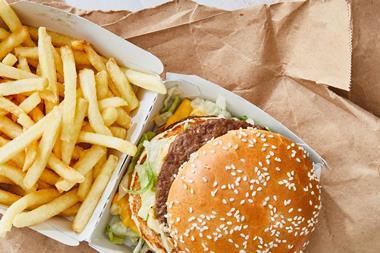





No comments yet